Story and photos by Hugues Vanhoolandt
The Cité de l’Automobile National Museum-Schlumpf Collection is a fascinating institution. But have you ever wondered if the Schlumpf is allowed to sell any of their cars? Do they purchase new additions for the collection? If so, what are their standards? What cars are chosen for restoration? What are the criteria for restoration? Do they restore cars for others? What cars are in the reserve collection? Now, Hugues Vanhoolandt interviews Richard Keller, chief curator of the collection, who answers those questions while giving Vanhoolandt an exclusive look into the 200-car reserve collection. Ed.
In 1977, the Schlumpf collection consisted of almost 500 cars stocked in a woolen mill (which is today the museum) and some 80 others that were garaged on the Schlumpf’s private property. After the death of Fritz Schlumpf, these 80 cars were in the ownership of his widow, Arlette, until her passing in 2008 when most were then purchased by U.S. collector Peter Mullin.
Today, if we include the cars on loan or donated to the museum and the cars acquired afterwards, the museum has about 600 cars, 400 exhibited and 200 in the reserves. Some of these 200 cars are sometimes displayed in the museum itself and some are on the waiting list for an eventual restoration by the museum workshop.
We asked to Mr. Richard Keller, chief curator of the collection, to tell more about the restoration activities of the museum.
VT: By what criteria do you choose the cars to restore?
RK: In order to accumulate and know-how and to increase our knowledge, we favor rare or unique cars. Our slogan is: minimal interventions, reversible and clear in order to preserve the historic side of the car.
We have a five-year schedule on three levels:
A. Long-term work such as the Pegaso Z102B which will be followed by a Panhard Dynamic type Junior
B Short-term work (one to eight weeks) which consists mainly to restart cars that have not run since the 1960s
C. The maintenance of the 60 roadworthy cars of the collection.
VT: Can you give us some examples of recent restorations accomplished by the museum workshop?
RK: The restoring process of some Bugatti prototypes has been quite a challenge, such as for a 1922 Bugatti Type 28 torpedo. We also work on cars as different as Rolls-Royce, Ferrari, De Dion Bouton, and the Serpollet, a 1902 steam racing car. The main problem, beside the lack of parts, is to find the right settings (specs) in order to make the vehicle run properly.
VT: Apart from the cars of the collection, do you also restore cars from other owners?
RK: No, not at all. We leave it to the many craftsmen and specialized companies who do that so well.
VT: In the museum reserves, are there cars from the original Schlumpf collection that are still not restored today?
RK: Yes, for sure. It is very important for us to keep some of these vehicles in the state they were acquired by the Schlumpf brothers. Most of them are from the 1920s and contain very diverse mechanical or painting techniques. Their state is of course stabilized (no active rust for example).
VT: Are you buying additional cars for the collection and if so, what are the criteria for purchase?
RK: It depends of the opportunities of the market. But we can consider the purchase of a car that it would be better to keep in France. We always ask ourselves if this car or another would comply with the spirit of the collection desired by the Schlumpf brothers.

Called the Simpson Osca, this Osca MT4 TN is a new addition to the collection. It did some records attempts at Salt Lake City in September 1955.
VT: Is the museum allowed to sell cars from the collection?
RK: The status of “Musée de France” prevent us to sell a car listed on the inventory of the museum. It is the best way to guarantee the lasting quality of the national heritage. All the vehicles exhibited in the “Big Room” in 1977 are protected as “historical monuments” since 1978, in order to prevent any dispersion or sale during the “Schlumpf affair”. The situation remains the same today but this is not a problem for us. That explains that all the restorations we do on these cars have to receive the green light from the Ministry of Culture.
VT: In order to make the museum better known, do you participate in some classic car events?
RK: Every year, we take part in some ten events in Europe. We have some 50 to 60 cars able to participate to static or rolling exhibition
VT: The museum also owns many archives. Can you tell us more?
RK: Indeed, we have for example the archives from the coachbuilder Labourdette. We also have a collection of catalogues from various manufacturers who have sold cars in France, from the beginning of the automobile to this day. This collection is growing every year. It is incomplete before the 1960s but, since that period, we don’t miss a lot.
I would like here to thank Mr. Richard Keller for his kindness and his great availability during my visit.
As it was not possible to uncover all of the 200 cars stocked in the reserves, but here is a small selection.
Bugatti
The Bugatti Type 251 is the last attempt of Bugatti to create a Grand Prix car. The two examples built for the 1956 season are part of the collection. One is in the reserves and one is in the museum. Designed by Gioacchino Colombo, the car was very innovative with its 8 cylinder in-line engine mounted sideways.
At the same time, Bugatti tried to revive the company with the Type 252, powered by a 1.5 liter DOHC engine. One is bodied in roadster form, seen here in the workshop, the second one remained as a rolling chassis, seen here in the reserves.
Mercedes-Benz
Mercedes ‘Silver Arrows’ in private ownership are not common. The museum owns three, one W125 and two W154. Here is a 1938 W154, # 6 out of 14 built. Powered by a 3-liter V12 with two compressors, it was capable of a top speed of 330 km per hour.
On the right, the other W154 exhibited in the museum alongside its predecessor, the 1937 W125, which was powered by a 5.6 liter 8 cylinder engine developing nearly 600 bhp.
Voisin
This car is a 1930 Avions Voisin Type C14 bought by Fritz Schlumpf in 1957. The Avions Voisin have never left one indifferent. This is surely due to their style. But these cars were very innovative, well finished and therefore prized by the aristocracy.
After building aircraft and luxury cars, Gabriel Voisin initiated the launch of a strange little car after WWII, the Biscooter. This is a single seater version of the Biscooter which was destined to serve for the French postal service. After some tests, the French administration declined the proposal. The only example is now in the Mulhouse collection.
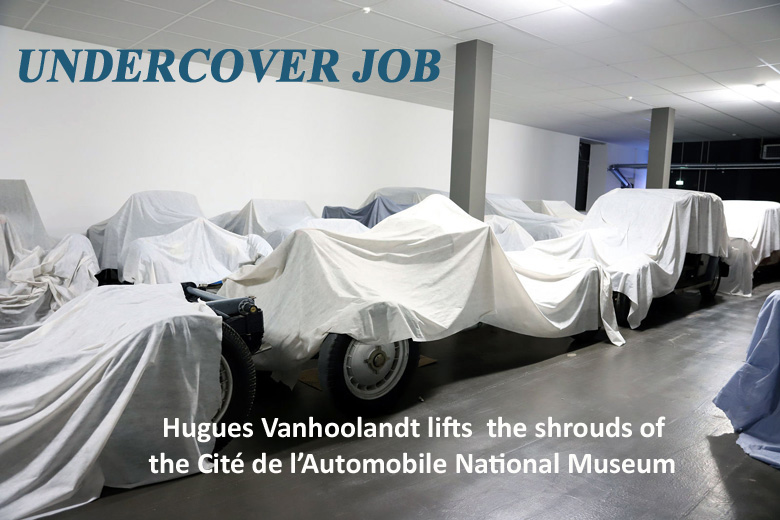
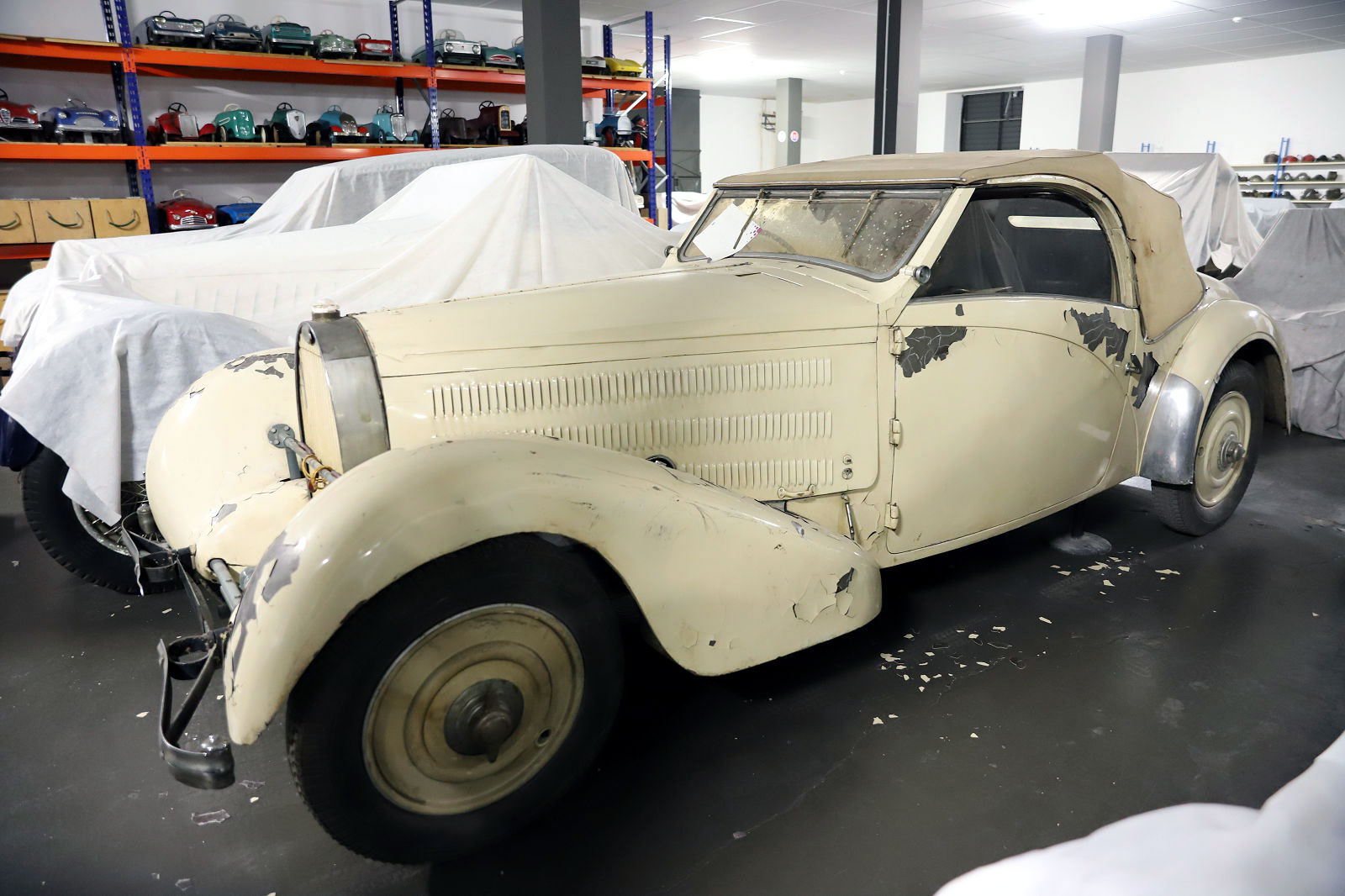
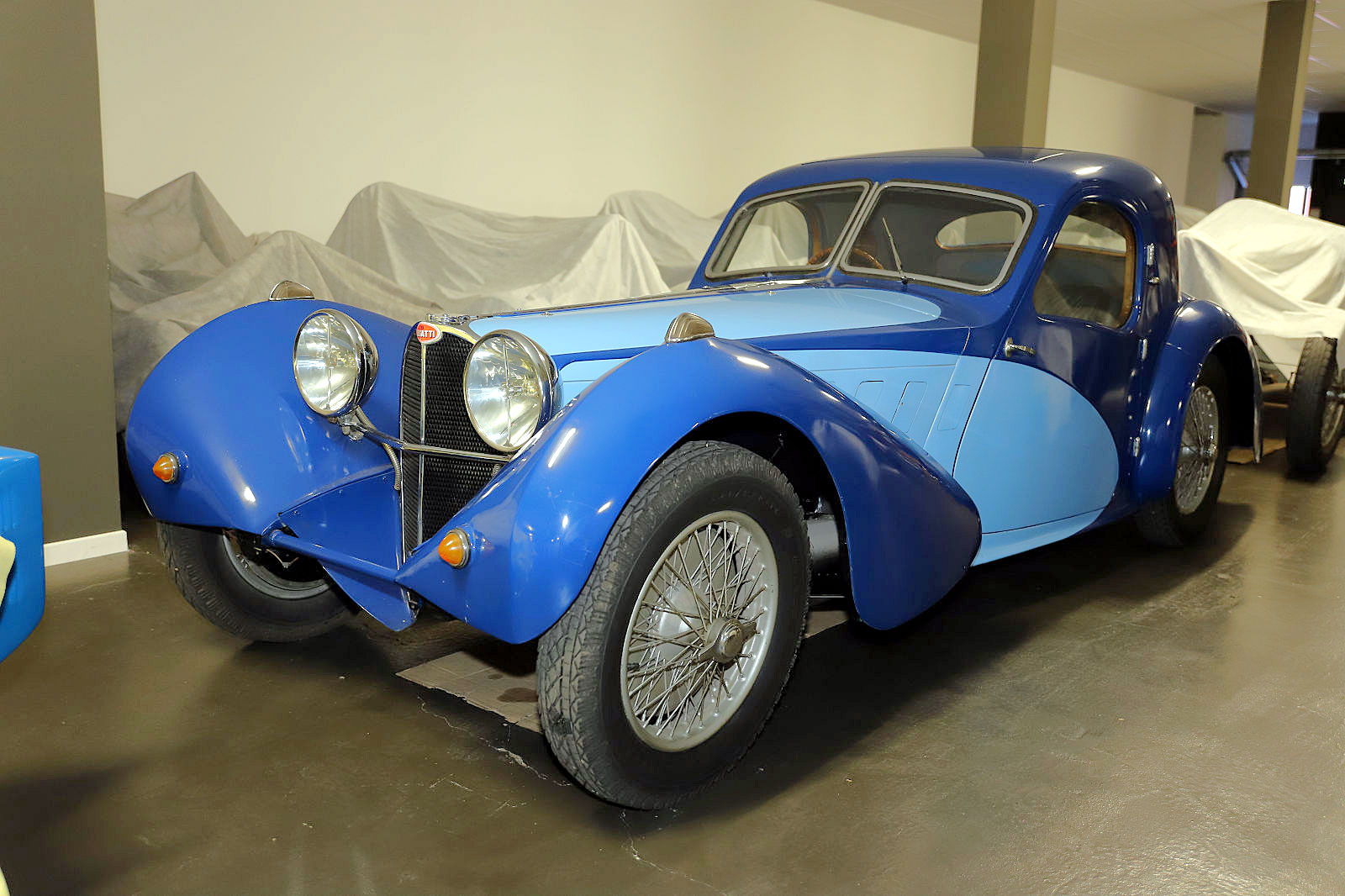
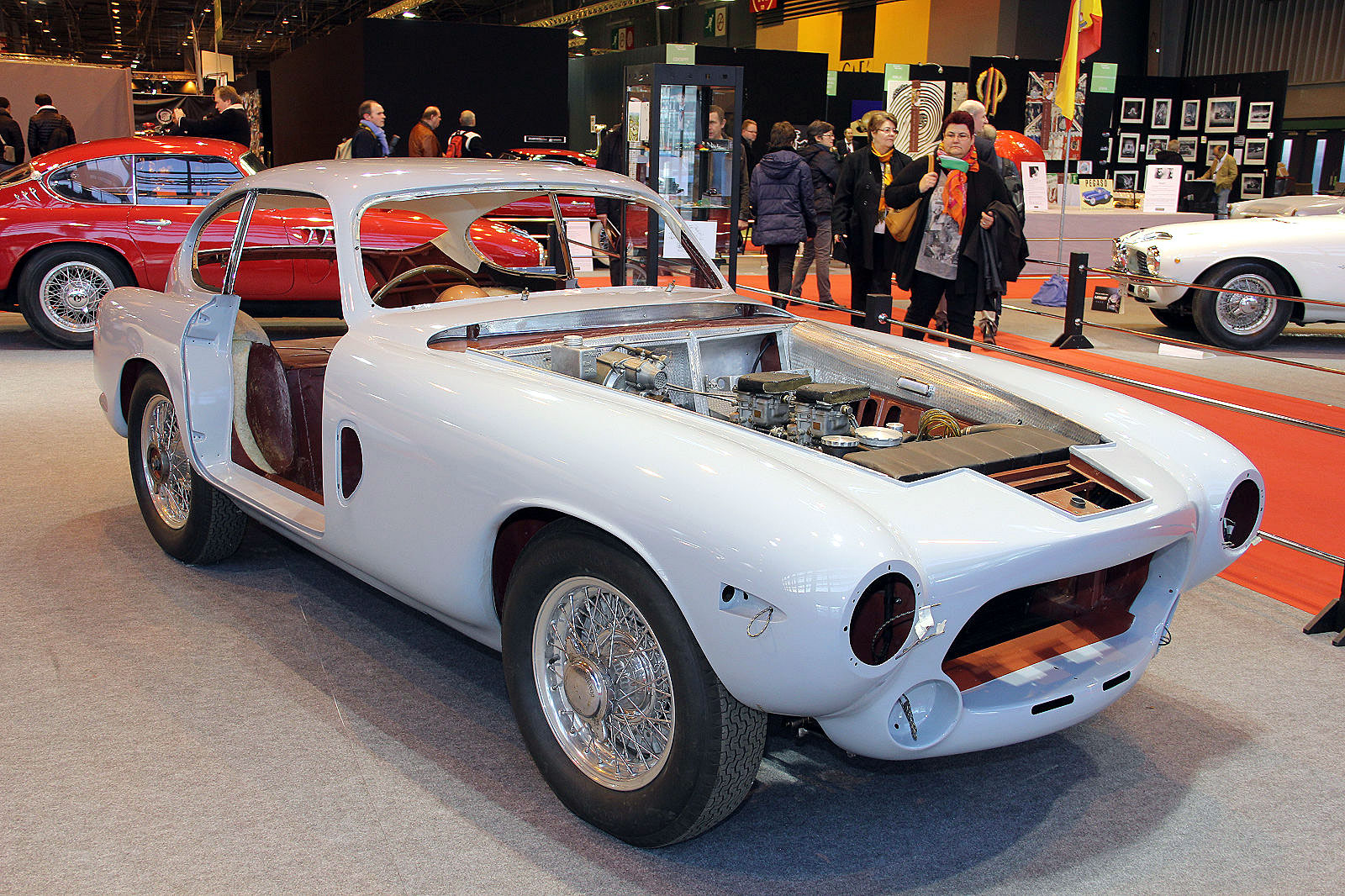




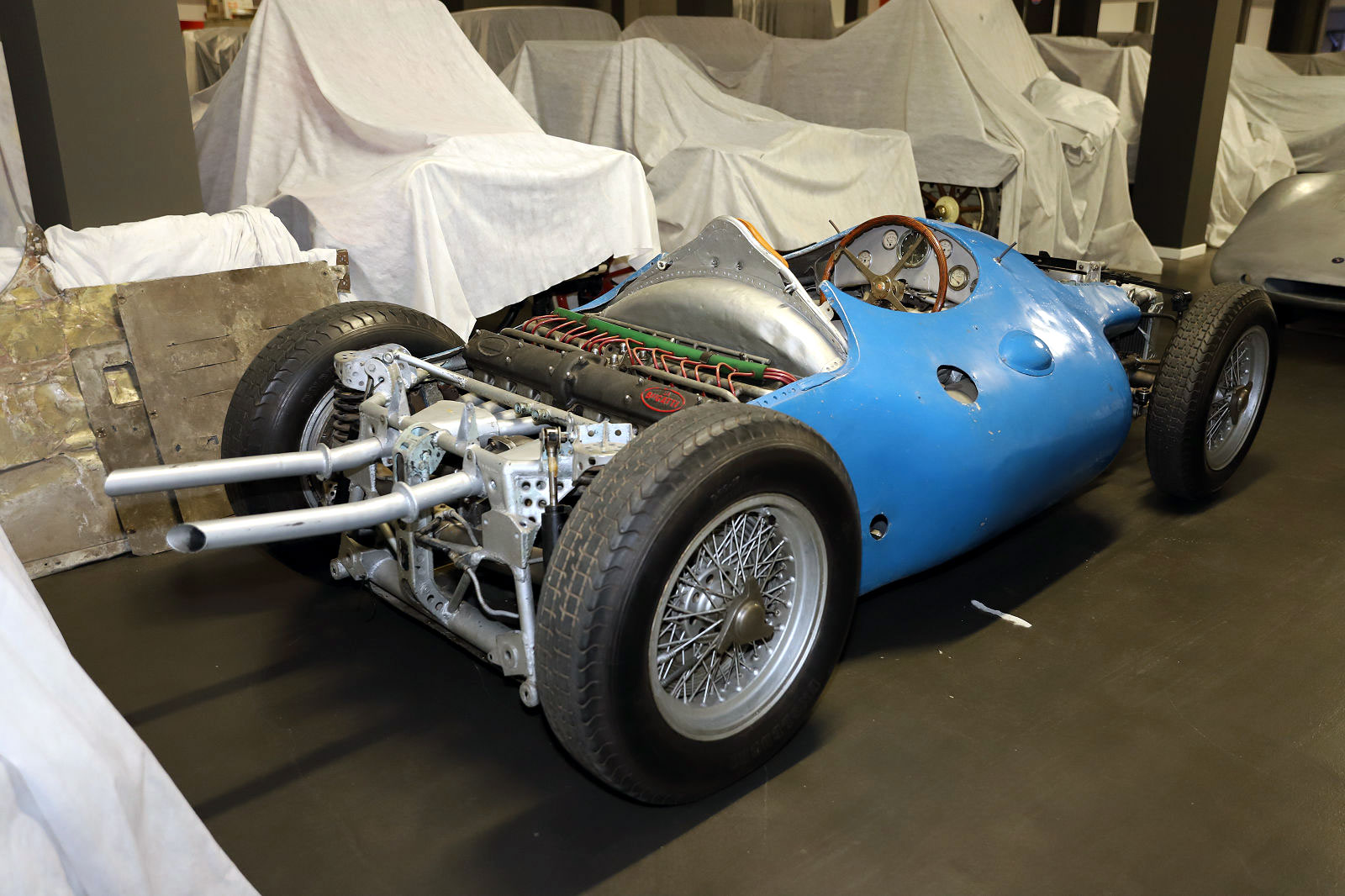

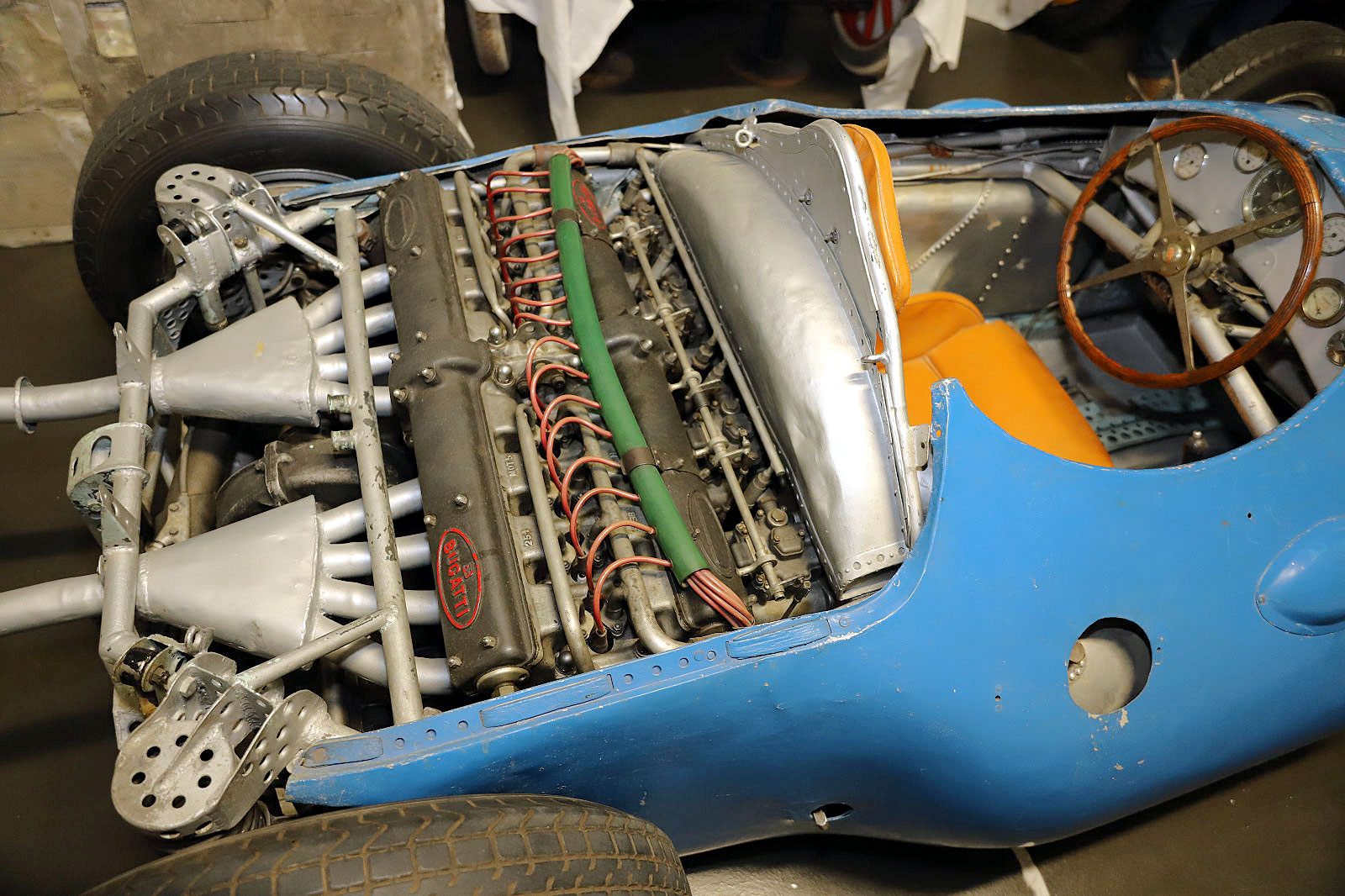


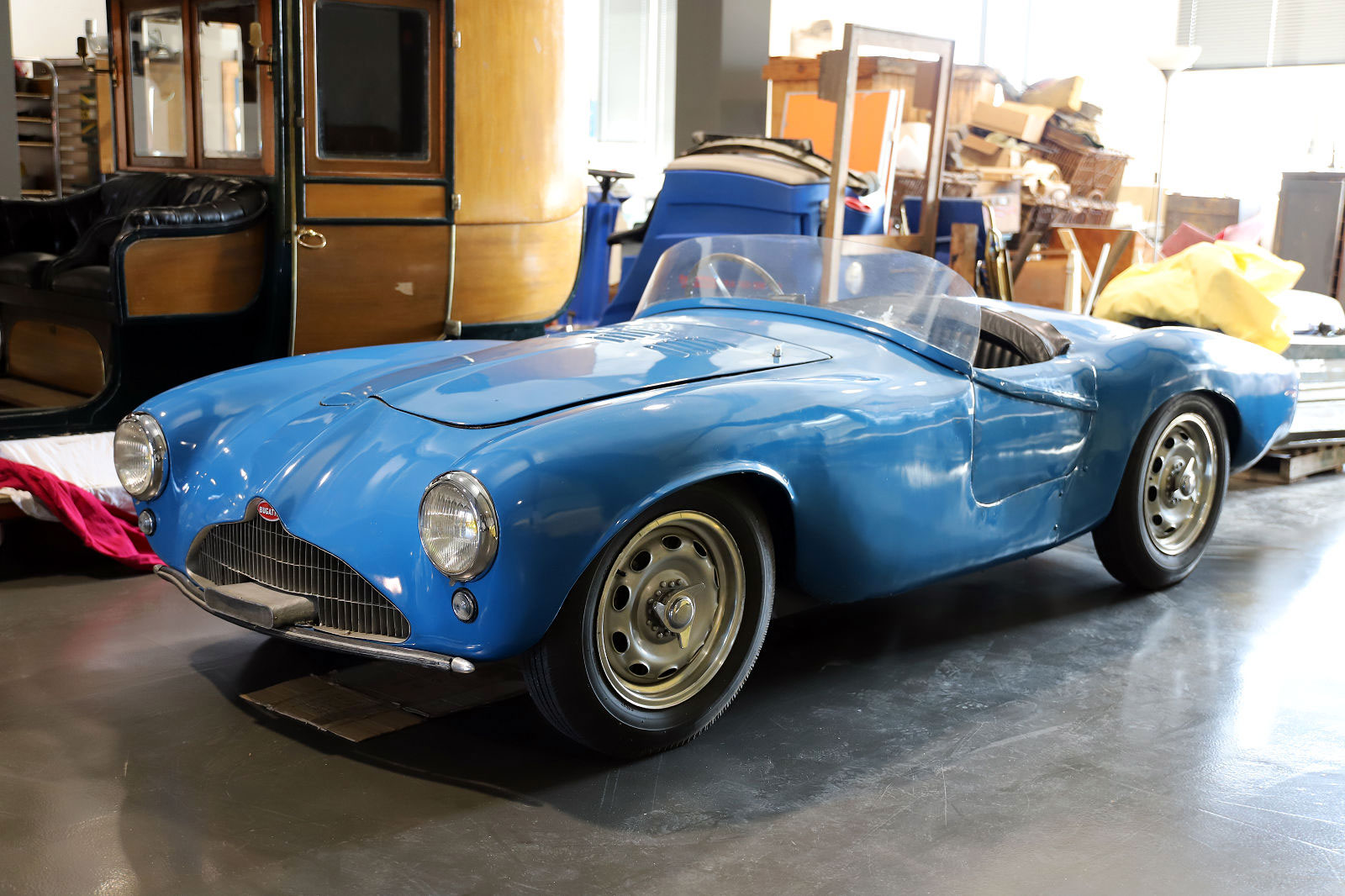




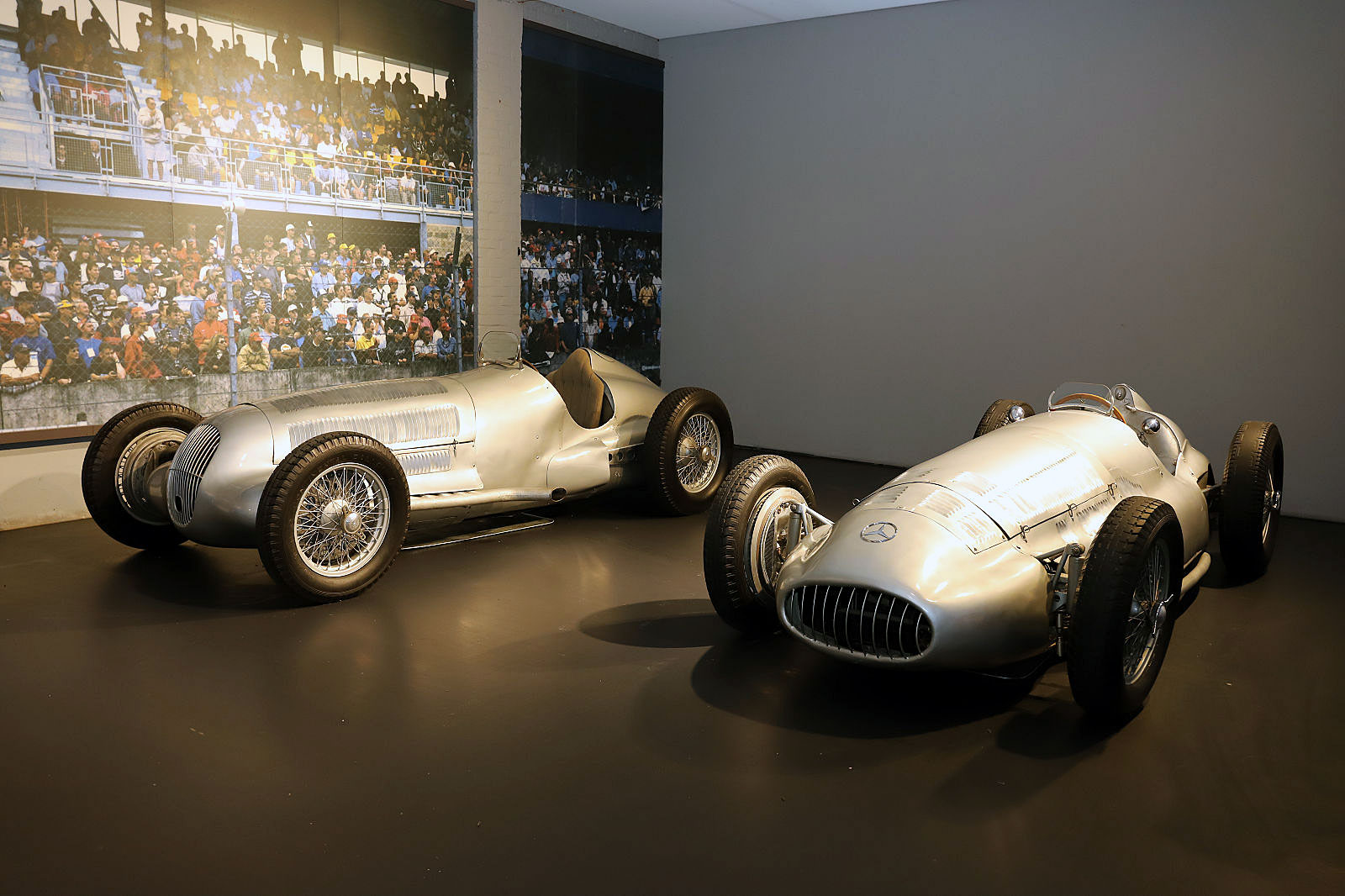
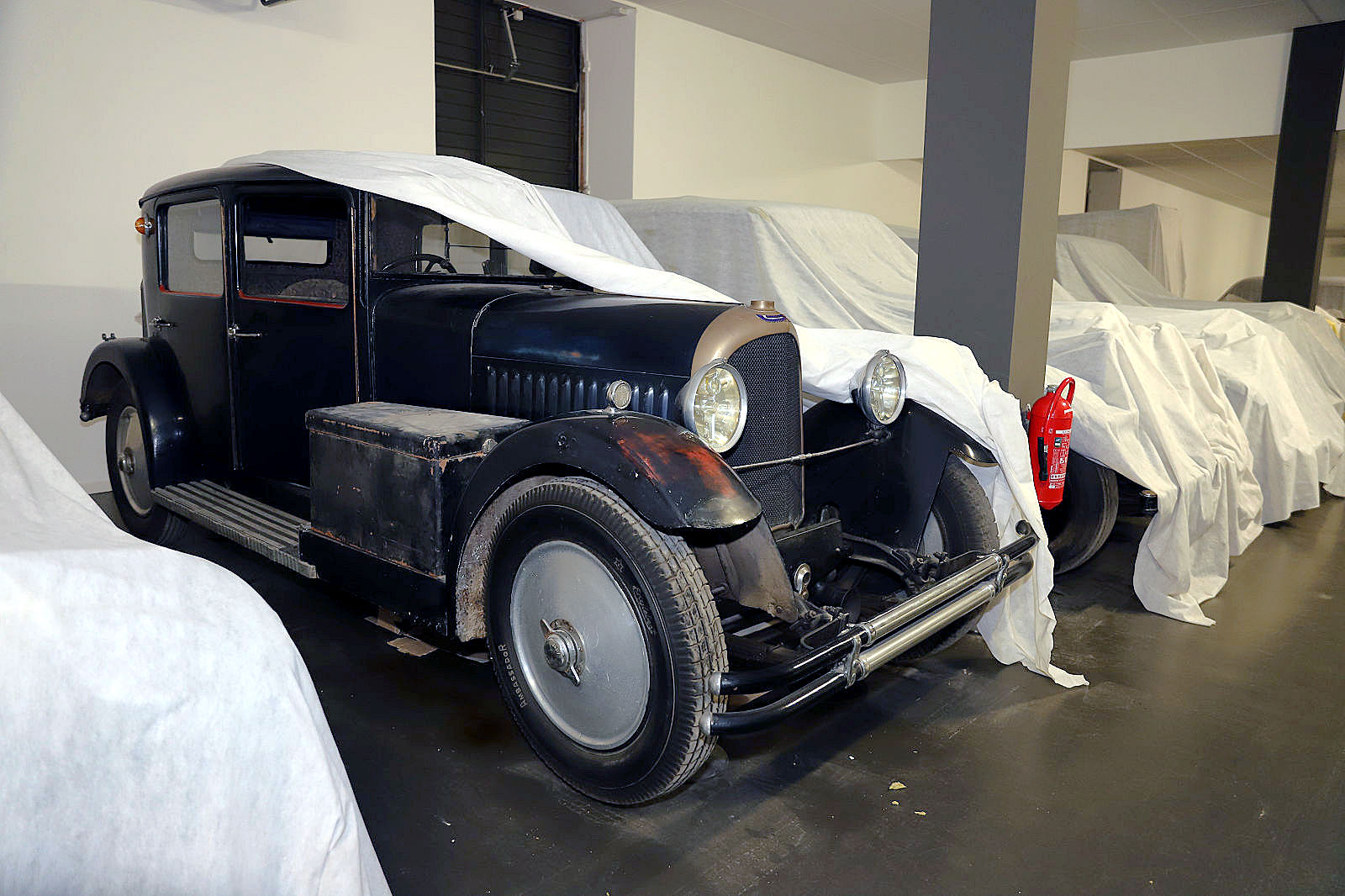
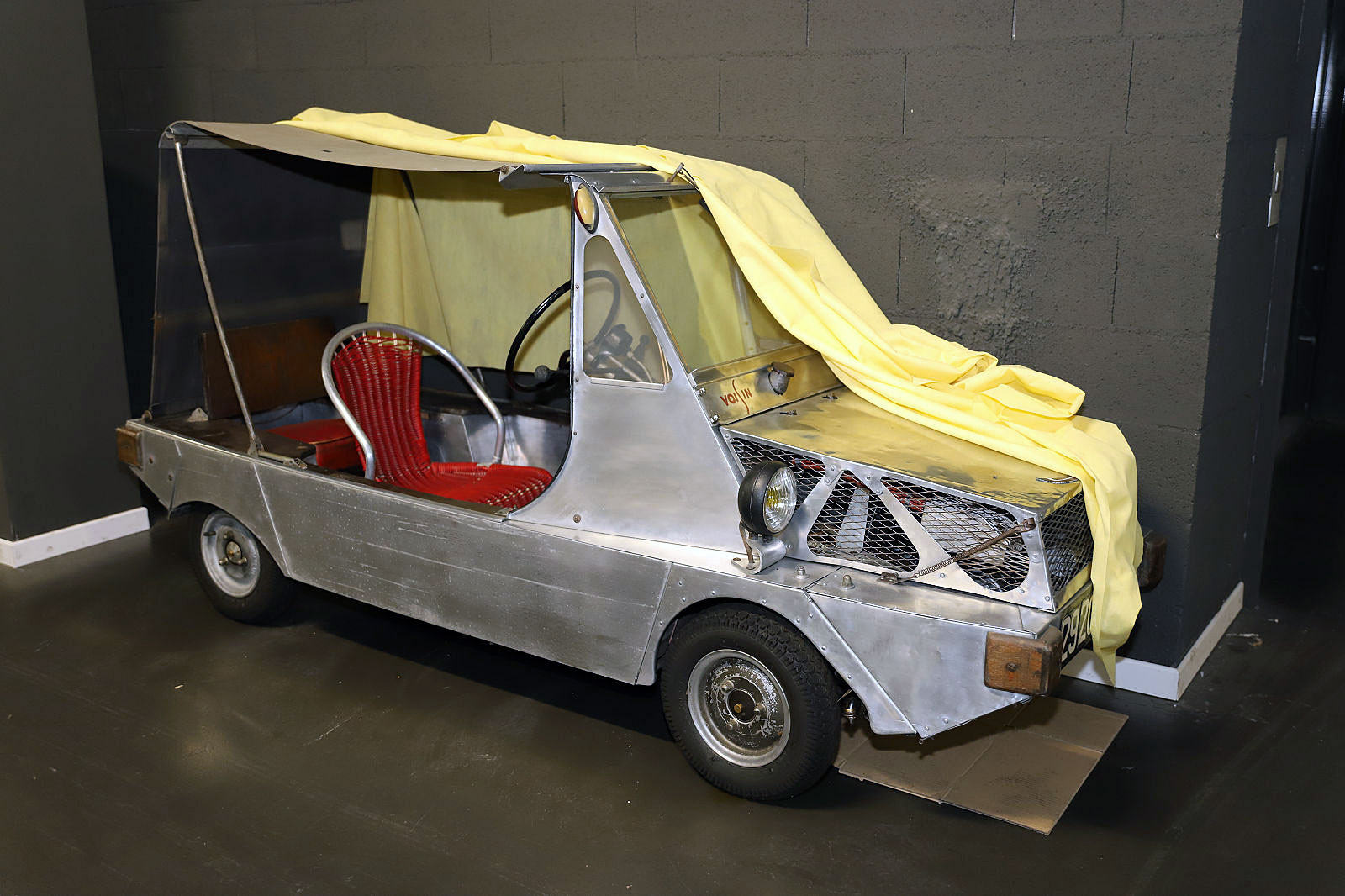
Pete
Believe that rare Bugatti T 251 was 2500cc and made single appearance at Rheims in 1956 with Trintignant.
Jim sitz
Thanks to these enthusiasts who thanks to their passion for beautiful cars in general and especially for the old ones, we revive the hours of Glory of the car in restaurants with love and fanaticism and despite everything with a lot of professionalism while being real artists.
Thank you Hug for this report backstage.